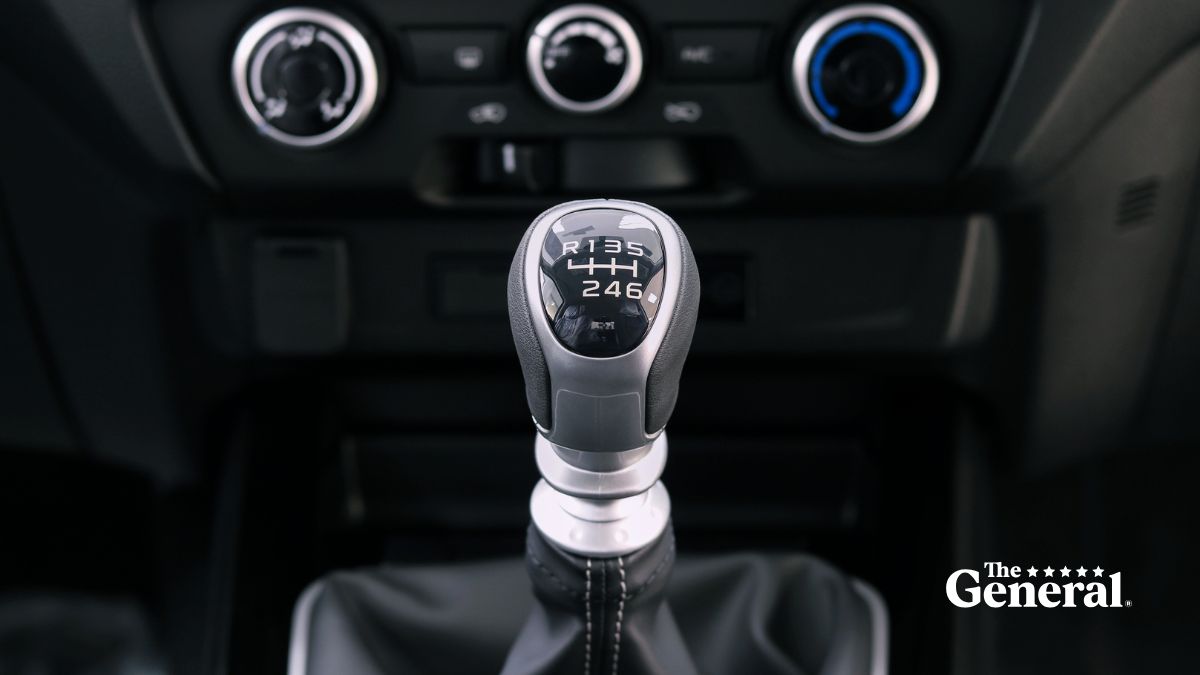Keeping your child safe on the road starts with the proper car seat. When it comes to installing a car seat, making sure the seat is fitted correctly gives your child the best protection, regardless of age. Whether you’re a first-time parent or a seasoned pro, learn how to install a car seat with this straightforward and stress-free guide.
Different Types of Car Seats
Before you learn how to install a car seat, choose the correct type of car seat for your child’s needs:
- Infant car seats: Rear-facing seats designed for newborns and small babies.
- Convertible car seats: Rear-facing seats for infants that can be turned forward-facing for toddlers.
- Booster seats: Seats for older children who have outgrown forward-facing seats.
How to Install an Infant Car Seat
Learn how to install an infant car seat properly to ensure your child’s safety on the road. Here’s how to get started:
- Choose the right spot. The safest place for your baby is in the back seat, away from active airbags. The middle seat is the best option if it has a proper seat belt or LATCH system.
- Secure the base. Most infant car seats come with a detachable base. Thread the seat belt through the base’s designated belt path or attach the base using the LATCH system, then press down firmly to tighten.
- Attach the car seat. After the base is secured, click the car seat into place. Make sure the seat fits snugly and doesn’t move in any direction more than an inch.
How to Install a Convertible Seat
As your child grows, you’ll need to switch to a convertible or booster seat. Follow these instructions for a safe installation:
- Rear-facing. Install the seat at the correct recline angle for an infant, securing it tightly with the seatbelt or LATCH system.
- Forward-facing. When your child is old enough and meets the height and weight requirements, switch the seat to a forward-facing position and secure it with the tether strap for extra stability.
How to Install a Booster Seat
When your child outgrows their forward-facing car seat, it’s time to install a booster seat. Here’s how:
- Installation. Place the booster seat in the back seat and follow the clips or guides available to fasten the seatbelt over the seat. While booster seats are less complex, it’s still important to read the manufacturer’s instructions for proper placement and adjustment.
- Positioning. Booster seats should be used with a lap and shoulder belt to get the best fit. The belt should lie across the child’s upper thighs and chest, not the stomach or neck.
Additional Car Seat Installation Tips
Keep these tips in mind while installing your child’s car seat:
- Check the manual. Refer to your car seat and vehicle manual for specific instructions and compatibility questions.
- Double check your handiwork. After installing any car seat, give it a good shake at the base. A properly installed seat should not move more than an inch in any direction.
- Register your car seat. Stay informed about recalls and safety notices by registering your car seat with the manufacturer or at www.safercar.gov/parents.
Whether you’re installing an infant car seat or transitioning to a booster seat for an older child, a well-secured seat can keep your child safe on the road. In addition, insuring your vehicle with a reliable company can give you peace of mind knowing you’re covered in an emergency. Looking for an affordable policy? Get a car insurance quote in under two minutes from The General.









